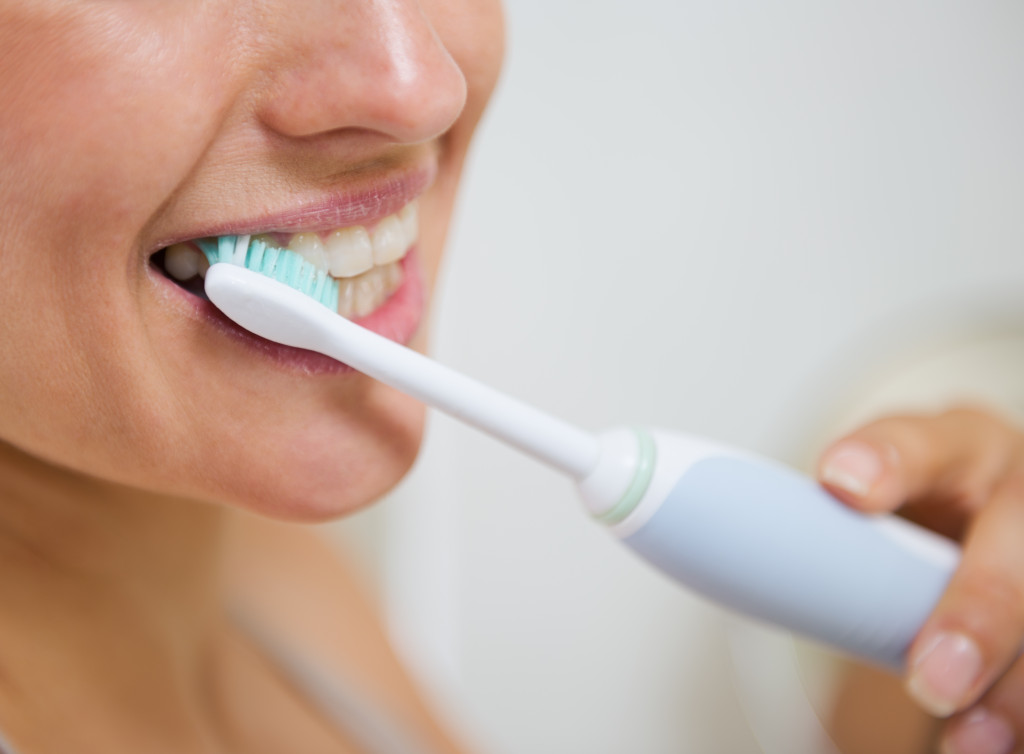At any given time, your mouth is home to billions of microorganisms. Many of these bacteria form plaque, which causes cavities and gingivitis that can eventually lead to gum disease. You must maintain good dental hygiene daily to maintain a healthy smile.
Gargling with antimicrobial mouthwash, brushing after meals, and flossing at least once a day can help prevent disease-causing bacteria from growing in your mouth and causing tooth decay. Furthermore, a balanced diet that avoids sugary and starchy foods aids in the regulation of harmful bacteria.
Where Does Tooth Decay Come From?
Your mouth is home to a symbiotic community of bacteria that collects the food and beverages you consume. These bacteria can cause tooth decay in your mouth by feasting on the sugars in the foods and drinks you consume, eventually leaving waste in the form of dental plaque.
This plaque permits all those small recyclers to linger longer on your teeth, eventually producing acids that wear down the tooth enamel and create cavities. Bacteria cause gingivitis in plaque that accumulates near the gums, which form harmful chemicals that enter the gum tissues.
Gingivitis can develop into periodontitis, a more severe condition characterized by bone and tissue loss surrounding the teeth if left untreated.
How Can I Prevent Tooth Decay?
Brushing and cleaning between your teeth every day is the best solution to prevent plaque and tooth decay. Plaque on tooth surfaces is removed by brushing. Use a soft-bristled brush to brush your teeth twice a day. Your toothbrush should have the right size and form for your mouth, allowing you to access all the hard-to-reach areas effortlessly.
Use a toothpaste that contains fluoride to help prevent your teeth from decay. Once a day, floss or use interdental cleaners to eliminate plaque from the teeth where the toothbrush can’t reach. Flossing can help you avoid gum disease.
Other Oral Health Care Tips
Dental Check-Up
Schedule regular dental cleanings and checkups, including X-rays to avoid gum disease and other oral health issues. Keep in mind that early detection and treatment of gum, tooth, and mouth problems can help you maintain good oral health for the rest of your life. Meanwhile, if you detect any signs or symptoms that could indicate oral health issues, schedule a visit with your dentist immediately.
- Painful chewing
- Loose permanent teeth
- Tender or swollen gums
- Unusual sensitivity to hot and cold
- When you floss or brush, your gums bleed
- Gums that are starting to pull away from your teeth
- Bad breath that doesn’t go away or a strange taste in your mouth

When Brushing
- Brush your teeth at least twice every day. Don’t rush when brushing. To do a thorough job, set aside two minutes. Brush your teeth after eating, especially if you consumed something acidic like grapefruit or soda. Use a toothbrush or a tongue scraper to clean your tongue, which stores bacteria.
- Make sure you have the right equipment. Brush your teeth with fluoride toothpaste and a soft-bristled toothbrush that fits comfortably in your mouth.
- Consider using an electronic or battery-operated toothbrush, which is more effective than manual brushing at reducing plaque and a mild form of gum disease. These devices are especially beneficial if you have arthritis or other conditions that make brushing difficult.
- Work on your technique. Hold your toothbrush at a slight slant, pointing the bristles toward the gum line. Brush in a circular motion with brief back-and-forth motions. Gum disease can be caused by brushing too forcefully or with rough bristles.
- Keep your equipment in good working condition. After brushing, always rinse your toothbrush with water. Allow your toothbrush to air dry before using it again by storing it upright.
- To avoid cross-contamination, keep it separate from other toothbrushes in the same holder. Brushes should not be covered or stored in closed containers regularly since this might stimulate germs, mold, and yeast growth.
- Be aware of when it’s time to replace your toothbrush. Replace your electric or battery-operated toothbrush’s replacement head every three months or sooner if the bristles flay or become uneven.
When Flossing
- Cut around 18 inches of dental floss from the roll. Wrap the majority of the floss around one hand’s middle finger and the rest around the other’s middle finger.
- Be gentle with yourself. Using a rubbing motion, guide the floss between your teeth. Make a c shape with the floss against one tooth when it reaches your gum line.
- Take each tooth one at a time. Insert the floss between your gums and your teeth. Gently rub the side of the tooth with the floss in an up-and-down motion. As you move on to the rest of your teeth, unwind fresh floss.
- Use an interdental cleaner, such as a tiny brush, pre-threaded flosser, dental pick that reaches between teeth, a water flosser, or a silicone or wooden wedge plaque remover, if flossing is difficult for you.
Oral hygiene is an integral part of your well-being. Not only will it keep you feeling fresh, but it can also help in boosting your confidence and self-esteem. Follow the tips mentioned above so you can maintain healthy teeth and gums for longer.